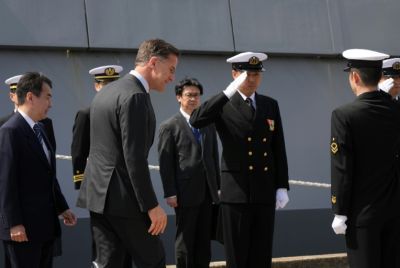Questions Linger on Crash of U.S. Military's Most Expensive Jet
The U.S. military's F-22 Raptor planes have generated serious safety concerns following seven major crashes resulting to two fatalities and other 14 oxygen system malfunction-related incidences were earlier reported.
The most recent mishap killed 33-year-old Air Force Capt. Jeff Haney in Alaska in November 2010. There is a growing interest at how the Air Force is addressing the issues revolving around the F-22 fighter jets.
Prior to Alaskan crash that killed Haney, numerous complaints from pilots were reported as the jets fall short in supplying oxygen, thus compromising the flights.
After the Alaskan crash, the Air Force was bombarded with criticisms pertaining to the practicality of purchasing and maintaining the F-22 fighter jets.
In spite of malfunctions, F-22 remains to be the U.S. military's most expensive fighter jet and the most advanced fighter jet in the world. Air Force stated that this type of aircraft is necessary to maintain air dominance around the world.
The Air Force reveals that an F-22 aircraft alone cost $143 million. U.S. Government Accountability Office disclosed that when the cost of its maintenance, upgrades, research and development were to be included, an approximate cost of $412 million is spent on each aircraft.
As the investigation drags on, debates are spiralling as to whether the accident points to Haney's errors, or caused by aircraft malfunction. Speculations entail that the Air Force is blaming Haney to avoid further criticism and accountability over F-22.
Meanwhile, former accident investigation officer Michael Barr insisted that the accident was initially caused by aircraft malfunction and not the pilot's error. A former Air Force fighter pilot himself, Barr added that the military is blaming Haney to evade being subjected to questions.
The investigation board looking into all angles of possible causes of the November 2010 crash has failed to arrive at any conclusive theories to this day.




















